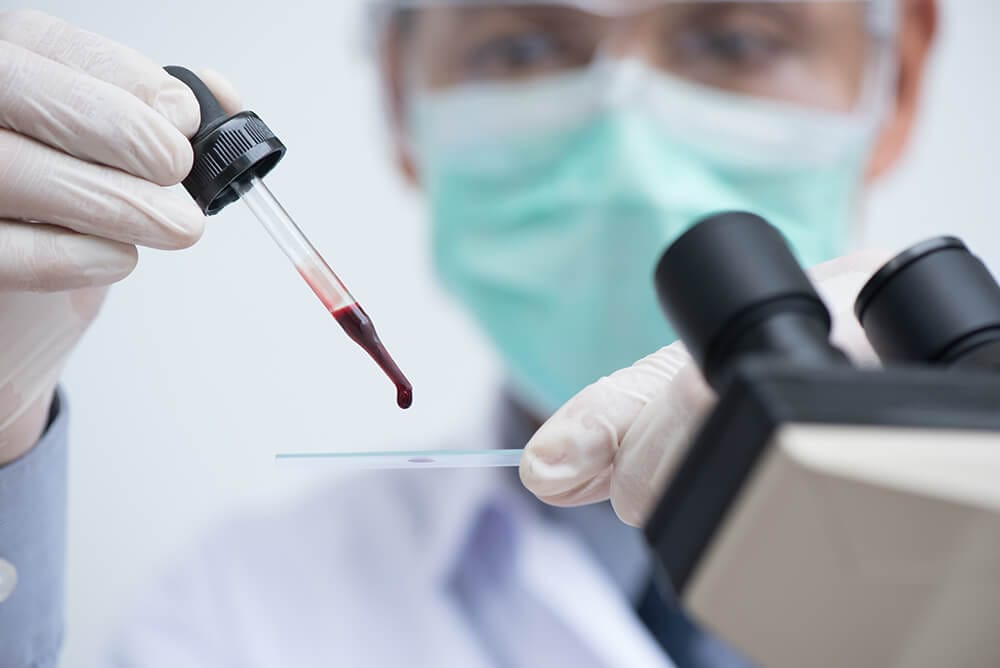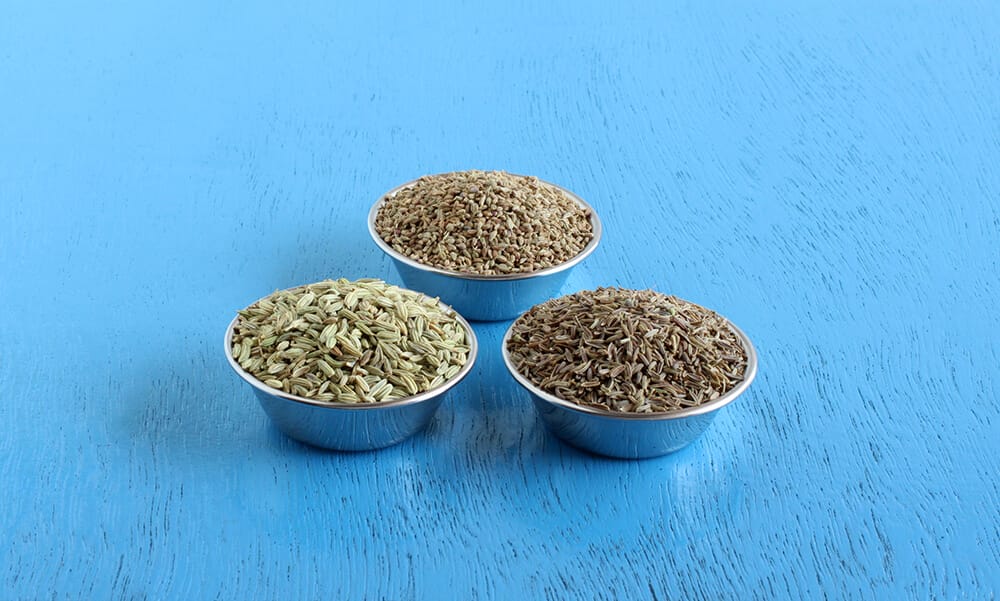PRBPM In Oximeter: Overview
PRBPM In Oximeter: Overview
The covid-19 pandemic taught people the importance of proper health and maintaining hygiene while eating food to boost the immune system. During the pandemic, the need for checking blood oxygen also became essential to prescribe proper treatment.
Oximetry or pulse oximetry is the method by which a person’s blood saturation levels are assessed. This is a non-invasive method with an accuracy percentage of 2 percent. But, what is prbpm in oximeter? While an oximeter is a small device, it measures not only the blood saturation but also your pulse rate (PR) and beats per minute (BPM), which would help you understand your heart’s working.
What is PR BPM in Pulse Oximeter?
In order to understand what is prbpm in oximeter, you need to understand the acronyms first. The pr bpm feature in the oximeter help with understanding the condition of the heart and the respiratory system in individuals. While pulse rate (PR) and beats per minute (BPM) might seem like different functions, the fact is that both measure the same thing and are related to each other. The term prbpm means pulse rate beats per minute, and both are indicative of heart functioning.
Pulse rate or PR can be measured by feeling the arteries closer to your wrists’ skin. Keeping a count on the beating of the pulse, you count it for one minute or 10 seconds and then multiply that number by 6 to know the rate of the beating pulse for a minute. These beats per minute give you a good understanding of your cardiovascular health, which also translates to the health of your lungs.
Having a pulse oximeter in the house is always advised for people suffering from certain cardiovascular conditions like asthma, COPD (chronic inflammatory lung disease), anemia, tachycardia, etc. the oximeter helps provide quick and reliable results to help you take the next steps in case you feel your heart is beating faster. There are conditions in which the prbpm in oximeter will show an abnormal level, but it is not indicative of cardiovascular or respiratory disorders. If you are pregnant or have had a few extra espresso shots, you will find that the prbpm rate is higher than normal.
What is the Normal Range of PR BPM in Children and Adults?
When talking about what is prbpm in oximeter, knowing the normal range helps. The normal range for the pr bpm, as measured by the oximeter, is typically described to fall between 60 and 100 beats. There are many factors that determine the normal range. Children have a faster heartbeat as compared to adults. Gender and certain medical or lifestyle conditions also affect the normal range.
The table below tabulates the beats per minute or bpm of children at various ages:
AGE |
Normal Heart Rate (bpm) |
| Less than 1 month | 70 to 190 |
| 1 to 11 months | 80 to 160 |
| 12 months to 2 years | 80 to 130 |
| 3 years to 4 years | 80 to 120 |
| 5 years to 6 years | 75 to 115 |
| 7 years to 9 years | 70 to 110 |
| Over 10 years | 60 to 100 |
This table indicates the fact that the smaller the body, the faster the heartbeat and beats per minute. Regarding gender, males have slower beats per minute compared to females. Females have 5 to 7 bpm higher than males, and this is due to the size of the heart. Females have smaller hearts, which need to beat faster to complete one blood circulation. When talking about athletes with less body fat percentage, they have 40 to 50 beats per minute.
Factors Affecting the Normal Range of PR BPM in Oximeter
The heart rate affects the oxygen saturation even though both are individually recorded and tested. In a healthy human being with a heart rate of 60 to 100 beats per minute, the oxygen saturation is between 95 to 99 percent. Low oxygen saturation can indicate issues related to red blood cells and their capability to transport oxygen.
There are many factors that affect the normal range of pr bpm in an oximeter. These include:
- Age
- Lifestyle like fitness level and diet
- Smoking habit
- Suffering from conditions like Having diabetes or some cardiovascular disease
- High cholesterol level and obesity
- Altitude and temperature
- The position of the body
- Emotions
- Body proportions
- Medications that can increase heart rate
If the pr bpm is higher than 100 or lower than 60 for a longer time, you should consult your doctor.
Having a higher heart rate is known as tachycardia, and having a lower heart rate is known as bradycardia. Both are serious conditions that can affect your vital organs.
Symptoms of tachycardia are:
- Chest pain
- Fainting
- Lightheadedness
- Rapid pulse rate
- Shortness of breath
- Palpitations and sensation of pounding heartbeat even when slightly exerted
Symptoms of bradycardia are:
- Chest pain
- Confusion or memory problems
- Dizziness or lightheadedness
- Easily tiring during physical activity
- Fatigue
- Fainting (syncope) or near-fainting
- Shortness of breath
Conclusion
Knowing what is prbpm in oximeter will help you measure the rates accurately. The pulse rate does spike, and the heart rate is affected on a regular basis. But, these fluctuations are very normal and still stay within the range. In the case of doing very strenuous exercises, your heart rate can increase. But, this is again normal, and with relaxation, if the abnormal heart rate continues, it can be a sign of heart arrhythmia, and you should consult a doctor to know what tests to get and the ensuing treatment.
FAQs
What is heart arrhythmia?
When the beating or rhythm of your heart does not follow the regular lub-dubb beat, it is known to be beating in an irregular pace, and this condition is called is heart arrhythmia. This irregular beating can be either too fast or too slow and should be taken seriously.
What can cause bradycardia?
Bradycardia is a condition where the pulse rate is lower than 60 beats per minute over a prolonged time. The causes of bradycardia can be:
- Myocarditis
- Damage to heart tissues
- Hypothyroidism
- Obstructive sleep apnea
- Inflammatory diseases like lupus
- Medications like opioids and sedatives
What can cause tachycardia?
Tachycardia is when the pulse rate is higher than 100 beats per minute. The causes for this can be:
- Smoking
- High alcohol consumption
- Hyperthyroidism
- Anemia
- Blood electrolyte imbalance















